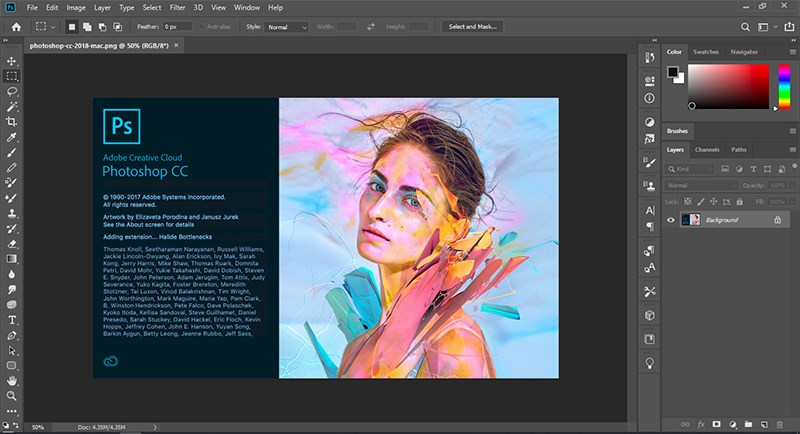

The palettes you will need are the Layers palette (right), and the Animation palette. Some things are missing, there are NEW things, and some functions work a little differently than they do in PS. If this is your first look at ImageReady, calm down a bit. Jump!Ĭlick the Jump to ImageReady bar at the bottom of your Toolbox. Instead of jumping to ImageReady, Elements Users, JUMP down to the note at the end of this tutorial! This next part is where Elements users have a different, much more straight-forward procedure. If you want to have the same frame repeating, you can copy this frame by duplicating its layer and then moving it wherever you want it in the layers palette. This makes it easier to see what each layer does. Then begin at the bottom layer and work your way upward, making each of the frames onto its own layer. Turn off the visibility eyes for all but the next to the bottom layer. (I ended up ultimately with 10 frames, all based upon this layer.ģ. Begin by making the base image on a separate layer from the background.īecause we're going to base each of the frames upon this image, make several copies of this layer. Of course anything can be animated, but I'm going to make an animation out of this smiley, creating the somewhat sassy character in my header.ġ. Like movies, animations are made of frames, and you make these frames as layers in Photoshop. Here we will work in Photoshop and ImageReady to make an animated GIF. We generally make these in either Flash (swf) or as animated GIF. Graphic animations are like short movies. I'll have a tip for you about how Elements differs. Again, if you have Elements, follow along here to see how they work.

If you are using another version of PS, your screenshots may look a bit different, but the instructions will be fine for you.Īnimations work much the same in PS/ImageReady as they do in PS Elements 2, only they are actually a bit easier to do in Elements. I'm writing this tutorial with PS CS (8).


 0 kommentar(er)
0 kommentar(er)
